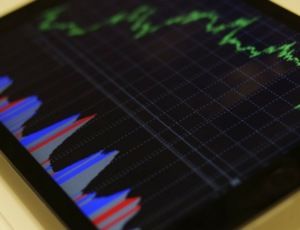Sponsored content
What is a CFD?
This article is more than 3 years old.

CFD stands for contracts for difference and is a financial derivative. CFD trading is an alternative to stock trading, but is actually traded the same way as a stock.
A CFD is derived from an underlying asset, such as a stock or an index, or products such as copper, property or land. When signing a CFD, both parties agree to pay the difference in value of the underlying asset. The contract thereby follows the price development of a given stock. This means that if the price of the share increases, the value of the CFD also increases. And you will have made a profit. On the other hand, if the price of the share decreases, the value of the contract also decreases. And you will have made a loss.
How it works
If you assume that the value of a certain stock – for example Maersk, Novo Nordisk or another – will increase, you can buy a CFD. Conversely, if you assume that the value of a certain stock will decrease, you can sell an opening position. As a buyer, you can offer your holding for sale if you see the value of the stock increasing. Your profit or loss is the net difference between the price you bought the CFD for and the profit from the sale of the CFD.
If, however, you expect that the value of a stock to decrease, you can open a position. To close the position you will have to make an offsetting transaction.
What are the advantages of a CFD?
There are many advantages associated with CFD trading. As we described earlier, entering into a CFD allows you to make a bet on whether a price of an underlying asset will increase or decrease. In turn, you can either make a profit or a loss. As opposed to owning a stock, a CFD allows for the same benefits as associated with owning a stock but without actually owning it. That also means there is no cost for borrowing or shorting.
In addition to this, there are often very low fees, or none at all, associated with CFD trading. We explained earlier how one can assume both a buy and a sell position when it comes to trading CFD’s, and a long or a short position. CFD’s are therefore very flexible in their nature, and gives you several options you can use to your advantage based on your experience with trading.










































